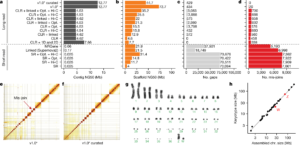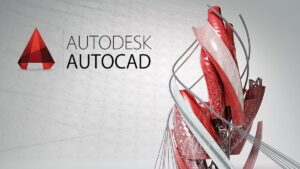In the 1920’s psychologists identified that learning styles fall into three very different categories which classify the way in which the majority of people learn. The VAK Learning Styles Model works using the three most practical senses that can be applied in any learning environment; those of hearing, sight and touch. These are categorised in the VAK learning model as follows:
Visual (V) – sight
Auditory (A) – hearing
Kinesthetic (K) – touch
The model assumes thatmost people will have one way in which they prefer to learn, and this will be more dominant. However,it is now accepted, in particular by those who advise on facilitation skills,that it is far more likely that people will in fact mix these three styles together, in varying factors, in order to achieve the best results when it comes to learning.
Let’s take a closer look at each of the styles.
Visual
A learner who is visually-dominant is one who finds the best way in which they can retain and absorb new information is if it is presented to them in a visual manner. This will include such things as diagrams, charts and even pictures. For example information presented in the form of a power point will prove very effectual to anyone who is more visually-dominant and they will also find that visual methods are more helpful when it comes to revising for example as part of a facilitation skills training courseto improve their qualifications.
Auditory
Someone who is an auditory-dominant type of learner is a person who prefers to listen to what is being presented, for this type of learning hearing a voice is the best way to actually understand and then retain the information. For example, sitting in a lecture or a seminar is of more benefit to someone who is an auditory learner. It also follows that in addition to hearing the information being given in an auditory fashion and then repeating it back can be very beneficial to this type of learner.
Kinaesthetic
Our final category of learner looks at those people who prefer a more physical based experience when it comes to learning, the kinaesthetic-dominant learner. This group of learners prefer an approach that is more “hands-on” and respond much better to being able to feel or touch an object in person rather than having a process described to them. For example, it is likely to be much easier to learn how to make bread when you can feel the dough as you kneed it rather than simply having it explained to you.
VAD learning
Whilst it is easy to see how learners may fall into different categories depending on what it is they are learning, or indeed what they have previously learned which may have helped shape the way in which they retain information, it is also evident that there will be some cross over between the three styles of learning and that they are not as separate as was first theorised.




